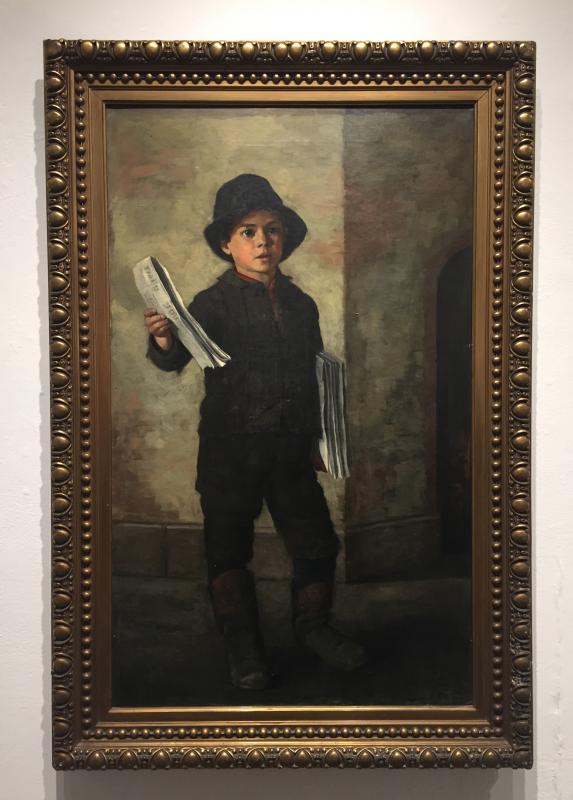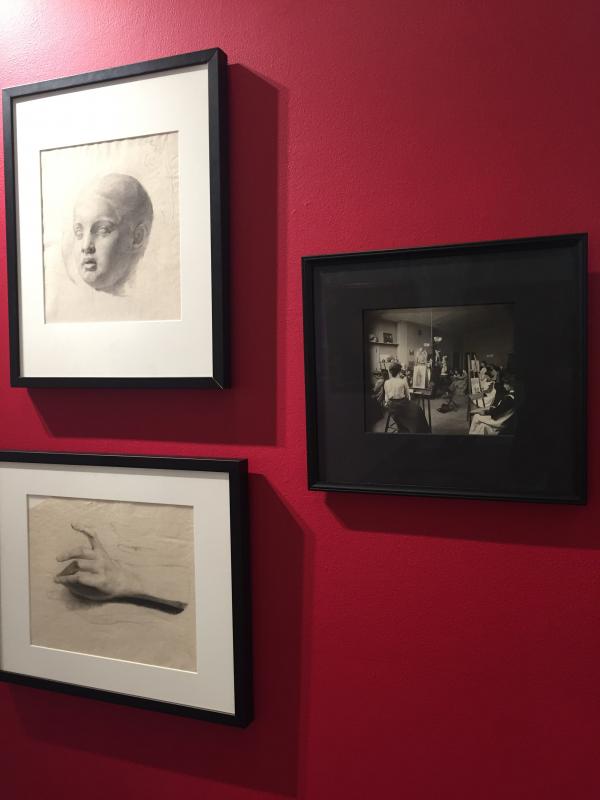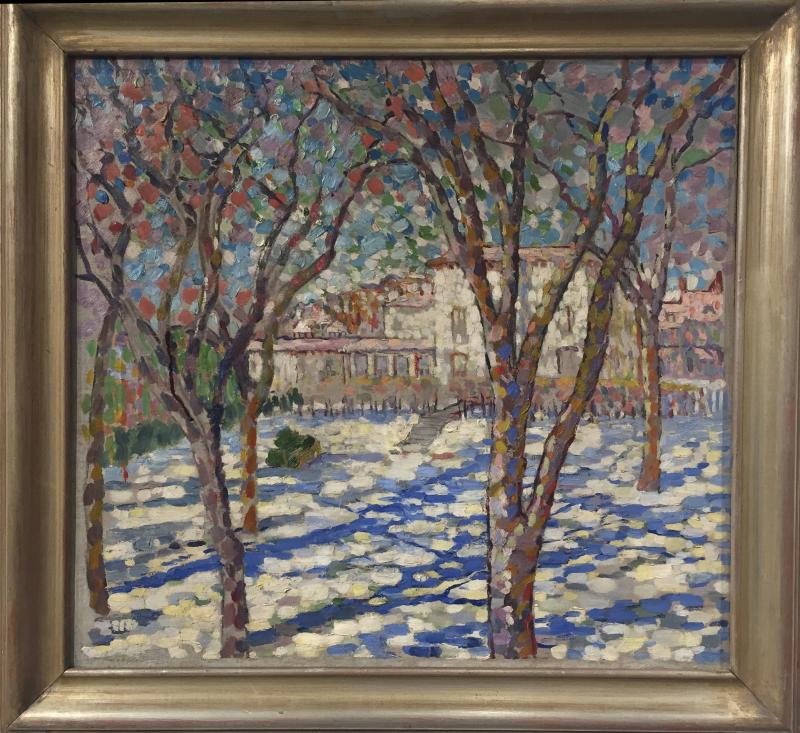Student-produced exhibit honoring women artists opens
The University of Massachusetts Dartmouth will welcome visitors on April 12 to a student-produced exhibit honoring women who contributed to the art scene in the late 1800s.
The Making her Mark exhibit — a student capstone project — will focus on Rhode Island painters, illustrators, authors, and sculptors who defied the gender roles of their day. Dartmouth Week took an early look at the exhibit with fourth-year art history student Mariah Tarentino, and professors Dr. Anna Dempsey and Allison Cywin.
What was it like putting together a museum-quality exhibit?
Tarentino: We did the obvious stuff: painting the walls, putting the photos up... You don't think of spending two hours on which hue of red goes perfectly with the painting in the frame. There's a difference between a pedestal two inches to the right or two inches to the left. You have to think about how people are going to move through the exhibit.
And a lot of these women don't have a lot of info about them. We had to do a lot of digging. I researched Etta Belcher (1848-1913). I looked through newspaper clips, census data, auction records, and tons and tons of books. I couldn't find much on her at all. She really had an impact, but she's been all but erased.
Why the Rhode Island focus?
Cywin: The Providence Art Club was one of the first to allow women and African Americans to work beside their white, male peers. Women — such as Rosa Peckham, Emily McGary Selinger, Helen Watson Phelps, Emma Swan, Charlotte Gilman, Mary C. Wheeler, and Sophia Pitman — were accepted as equal members, active board members, and artistic colleagues through the late 19th century.
Many of these women exhibited their artworks in salons and galleries in both the United States and abroad—including Paris and London. These remarkable women helped shape both the regional and national conversation about art and culture.
What are some of the big takeaways you intend for your audience?
Dempsey: This is really radical stuff for that time period.
Women still had to adhere to conventional standards and norms, which was really tricky. They were told to be consumers outside of the home. To make a living off of their artwork, they painted flowers, which allowed them to play with extraction, sensuality, and femininity. It was a way to co-opt what was feminine and gentle.
[But now,] we look at the objects, but we don't understand the context. The political avant-garde was just as important as the object.
Massachusetts born artist and activist Blanche Ames Ames (1878-1969) was taking on the Catholic Church (with a painting of a pregnant woman crucified to the cross), but of course we know nothing about her because she was a flower painter. Ames was an advocate for birth control.
Tarentino: The main takeaways as far as the subject matter itself is how much women actually contributed. I've never heard of any of these women, never seen any of their work in a museum. They deserve to be recognized.
It's a lot easier to negate women as a whole if you don't know how much they contributed to history. [Attending the event is] a good way to introduce yourself to something new and learn about women's history.
The opening reception and gallery talk will take place on Wednesday, April 12, 4-6 p.m. at the Main Campus Art Gallery, located in the College of Visual & Performing Arts building on the university campus. The exhibition will run from April 12-29, Monday–Saturday, 10 a.m.-4 p.m.






















